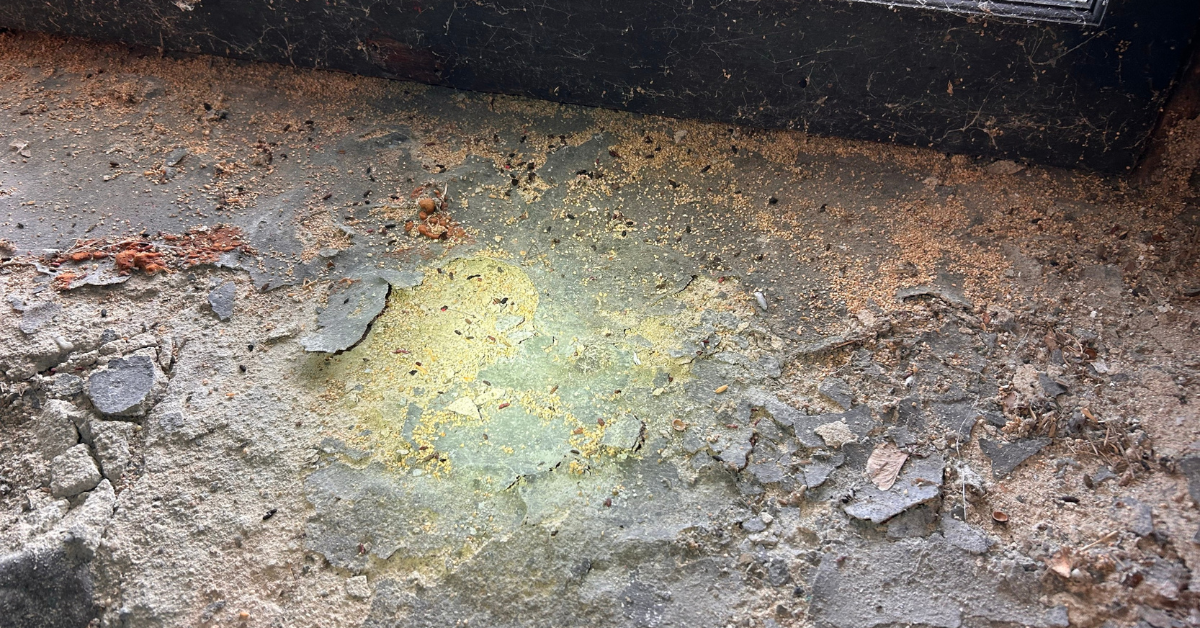Will cold weather reduce ticks during the winter?
New York State reported an average 7,700 Lyme disease cases from 2002 to 2006, according to the Poughkeepsie Journal. Columbia County had the highest rate of Lyme disease in the state, as reported to the state Department of Health between 2007 and 2009, with 792.4 cases per 100,000. Neighboring Greene County reported the second highest rate of Lyme disease in the state to the Department of Health for the 2007 to 2009 period, with 593.3 cases, according to The Register Star.
Local scientists say evidence suggests that very low temperatures can increase mortality of ticks and other bugs. However, extreme cold may be less effective in killing them than extreme variability. The age old question, will cold weather reduce ticks during the winter is somewhat answered in a 2012 study co-authored by Cary Disease Ecologist Rick Ostfeld. The study examined the probability of tick mortality in winter conditions in Millbrook and Syracuse.
-
The study found that exposure to subzero temperatures increased mortality slightly.
-
An increased death rate “only occurred at super-cold temperatures and it wasn’t a clear die-off, just an increased probability of dying.”
-
More than 80 percent of the ticks in NY survived at both sites, regardless of the winter conditions.
-
Scientists say that if weather could have a significant effect, it may not be cold itself — but rather the combination of extreme cold followed by warm spells.
-
Most living things are able to survive environmental extremes if they have enough time to transition and acclimate to change. Insects during the winter that don’t relocate use freeze-protection physiology to alter cellular contents so they are less prone to freezing.
-
Nymphal ticks can become active even in the winter if the weather gets warm enough. How much energy it takes for them to come up out of the soil and go back down could actually be an important influence on survival.
-
The local scientists say weather conditions may provide a temporary respite from ticks and other pests. Reducing the population by 30 to 60 percent may still lead to very high populations of the species in the fall.
Before we know it, spring will be here. Our following tips are suggested to minimize ticks on your property:
-
Create tick free zones around your home by cutting back wooded areas and increasing the size of open lawn.
-
Keep grass mowed to 3 inches or less. This lowers humidity at ground level, making it difficult for ticks to survive.
-
Place play areas in sunshine.
-
Remove leaf litter, moist plant litter, brush, weeds and other debris that attract ticks.
-
Eliminate dense plant beds close to your home such as ivy and pachysandra.
-
Create borders (pebbles, cedar chips) to separate your lawn from the wooded area surrounding it.
-
Rock walls, woodpiles, and birdfeeders attract mice and chipmunks which hide, nest and eat spilled food from these sources. Do your best to keep these far from your home.
-
Keep garbage in tightly closed cans and don't leave pet food outside or purposely attract and feed wild animals.
-
Reduce plants that attract deer and plant those that they do not eat.
Living in and around the Capital Region it is probable you have been affected by ticks or know someone who has. Unfortunately, keeping these pests away from your property is nearly impossible, but our pest management services can assist with homeowner cooperation. With simple steps mentioned above can decrease your risk of encountering these biting insects. Thomas Pest Services, your Ballston Spa pest control experts can help reduce you and your families’ risk. If you live in Ballston Spa or elsewhere in the Capital Region and need assistance getting rid of ticks , fill out our contact form today!


.png)
.png)
